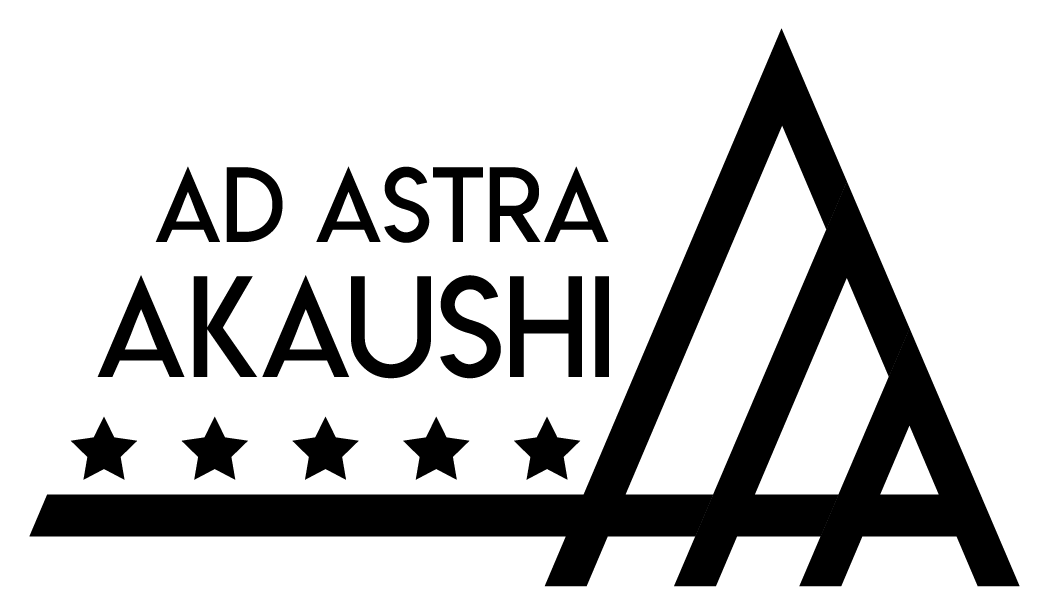Our Operation
Raised on grass, 365 days a year
Our cow-calf herd lives on native grass prairie year-round. During grass season (May through October), we utilize a rotational grazing system. We divide our pastures into smaller grazing paddocks with cross-sectional fence. The cattle graze on a paddock for only a few days before moving to the next paddock. Cattle have a natural tendency to continually eat the freshest regrowth; rotational grazing improves the habits of the livestock by more evenly utilizing all areas of the pasture. Facilitating uniform grazing habits stimulates grass growth, and avoids weeds and other undesirable plants from infiltrating the pastures. The practice of rotational grazing benefits the cattle, the pasture, and is regenerative to the natural ecosystem. Utilizing this system of grazing is not only beneficial for operation sustainment; it is also a prudent land management practice that plays a small yet important role in environmental stewardship.
When the grass is dormant over the winter months, we supplement our cattle with hay and a grain-based ration. Hay is unrolled across the pasture in different areas throughout the winter. Like rotational grazing, this practice benefits both our cows and the land. The cattle have a clean, dry place to enjoy their hay free of mud and muck. And, as a result of this practice, manure and waste are naturally distributed across the pasture, providing nutrients for next season’s grass.
Natural, responsibly raised beef
Our beef is raised without added growth hormones or unwarranted antibiotics. When medically necessary, we utilize antibiotics to ensure the health and well-being of our animals. By focusing on reducing overall stress to our cattle and promoting their natural immune systems, we are able to reduce the need for antibiotics in our operation. We ensure that our cattle have access to salt and minerals, and provide apple cider vinegar - an organic supplement. Apple cider vinegar is a natural antioxidant which supports overall animal health. Its properties are also known to benefit the tenderness and taste of the final meat product.
When working with our animals we strive to minimize their stress. Keeping livestock as calm as possible promotes safety for both our cattle and us. Careful and consistent low stress handling practices also improve growth and performance of cattle, and ultimately the quality of the beef. (https://www.thebeefsite.com/articles/1454/meat-quality-and-animal-welfare/)
Akaushi genetics - Wagyu beef
The beef we raise is known as F1, or half-blood, Akaushi. When Akaushi genetics are crossed with other breeds of cattle, the resulting hybrid offspring exhibit impressive growth and consistently produce a higher quality beef carcass. We utilize a fullblood Akaushi bull to breed our herd of Angus, Angus/Shorthorn, and Angus/Hereford cows. The result is exceptional quality American Wagyu beef that offers unmatched tenderness and flavor.
Pictured is our herd sire, Sogen. In Japanese, Sogen means Prairie 草原.
Grass and grain finishing
Our calves are finished on grass and grain. The Akaushi calves live their entire lives on our farm, which allows us to offer a true farm-to-table beef product. Our finishing process includes supplementing our animals with locally sourced grain while still providing them open access to grass pasture to accommodate their growth and grazing desires. Our approach to finishing is drastically different than the industry standard of finishing cattle in confined dirt lots, focused heavily upon maximizing growth. We believe raising our animals in this unique system plays an important role in their health and well-being while enhancing the quality of the beef.
Our cattle are provided grain for a minimum of 180 days, and are about 24 months of age when processed. This is a longer life cycle than typical beef available at grocery stores or common meat markets. The longer finishing phase along with more matured age of our animals result in our distinguishable, desirable beef qualities.




